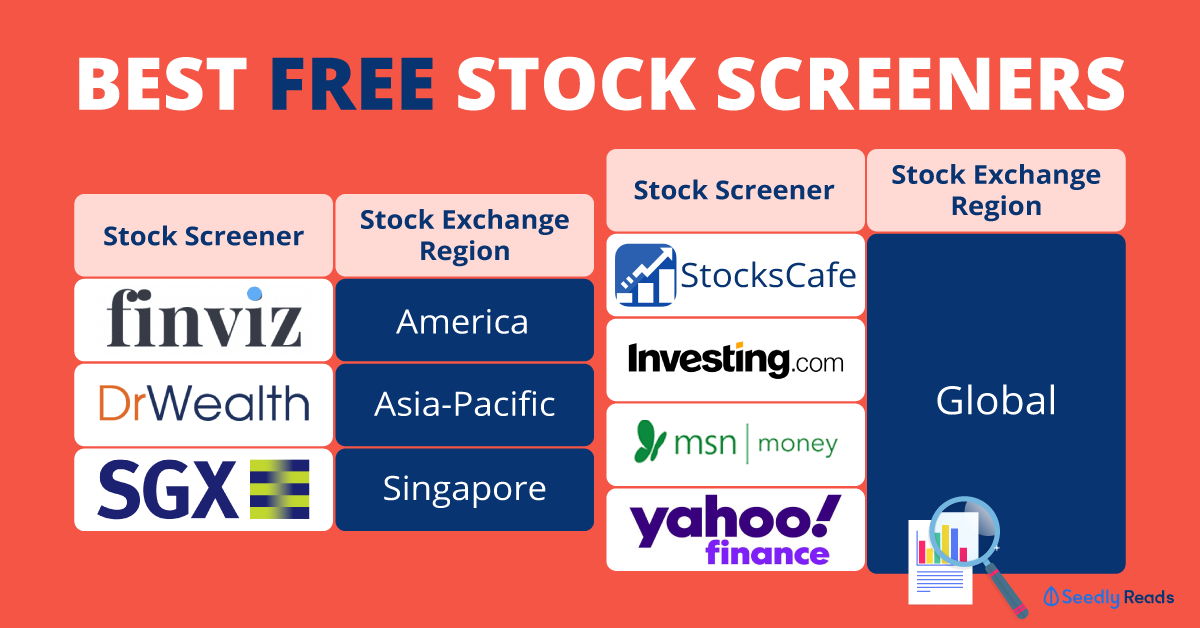There are mainly two school of thoughts:
1) Time in market: Basically what this means is that it's always best to invest and stay invested for the long term (what Nicholas is sharing)
A simple strategy to adopt here would be to do a Dollar Cost Averaging Strategy DCA. Which invests a fixed amount on a regular schedule regardless of the current share price. This way, you average out your entry price in the long run and stay invested.
I personally do this for index funds (ETFs) such as a the STI ETF.
2) Timing the market: Find the lowest price (or roughly where you think it's low)
There are a 2 signals you can consider for Dividend Paying stocks:
- At the Highest historical Yield % = Dividend payout / Share price
Basically for this, it is true when the dividend payout is consistent but the share price drops to a low, thus it will be where the historical yield % is the highest :)
- The gap between the historical Share price to the Book price (NAV) is the widest, This is abit obvious but also makes the most sense.
Now this is obvious because: The NAV (net asset value) is bascially the price if you liquidate the company and all it's assets, the actual value of the company per share. Thus naturally, if there is a gap, it means that the price is 'under-valued'.
I learnt some of these at the Dividends Machine class with the Fifth Person, you may be keen to go for it, I learnt a ton over the whole day spent at the course: You can check out the reviews for the course here: https://seedly.sg/reviews/investment-courses/th...







There are mainly two school of thoughts:
1) Time in market: Basically what this means is that it's always best to invest and stay invested for the long term (what Nicholas is sharing)
A simple strategy to adopt here would be to do a Dollar Cost Averaging Strategy DCA. Which invests a fixed amount on a regular schedule regardless of the current share price. This way, you average out your entry price in the long run and stay invested.
I personally do this for index funds (ETFs) such as a the STI ETF.
2) Timing the market: Find the lowest price (or roughly where you think it's low)
There are a 2 signals you can consider for Dividend Paying stocks:
Basically for this, it is true when the dividend payout is consistent but the share price drops to a low, thus it will be where the historical yield % is the highest :)
Now this is obvious because: The NAV (net asset value) is bascially the price if you liquidate the company and all it's assets, the actual value of the company per share. Thus naturally, if there is a gap, it means that the price is 'under-valued'.
I learnt some of these at the Dividends Machine class with the Fifth Person, you may be keen to go for it, I learnt a ton over the whole day spent at the course: You can check out the reviews for the course here: https://seedly.sg/reviews/investment-courses/th...